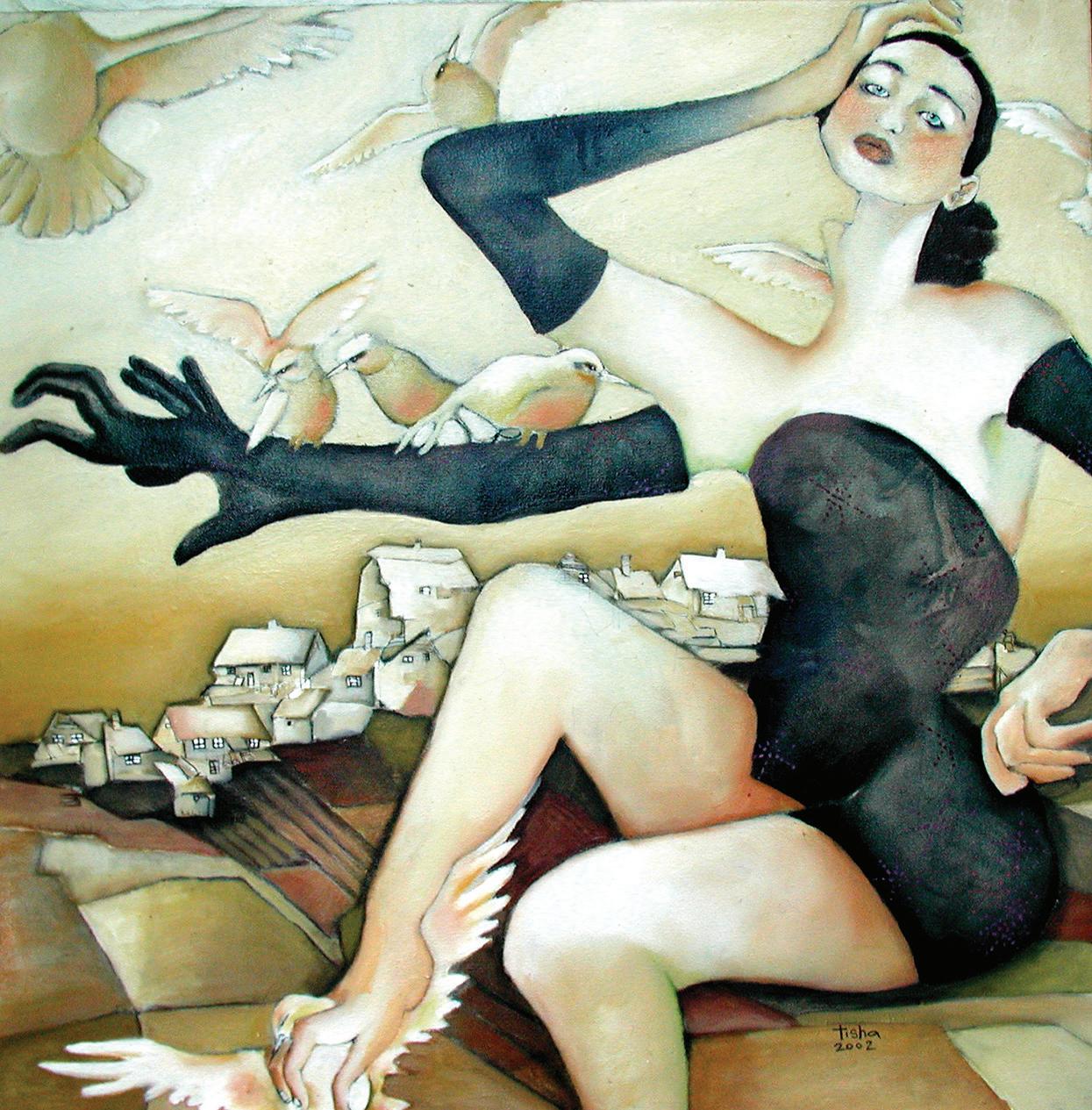
4 minute read
book review
from Raleigh Review 9.1
cassie mannes murray
known by salt
Advertisement
tina mozelle braziel
winner, 2017 philip levine prize for poetry anhinga press, 2019
“to see out, I look through my shadow.” This is the home Tina Mozelle Braziel frames in known by salt, her 2017 Philip Levine Prize-winning collection. Covering the wide expanse of Alabama’s waterways and terrain, Braziel draws her reader from dirt to a trailer’s cool underbelly to the studs of a home built by her hands. In doing this, she capitalizes on the way home can be both a place one is fastened to and simultaneously rebuilding.
Braziel layers several visions of what home is and can be. In the first section of the book-length quartet, titled Trespassing, Braziel writes of the blue collar of her first home. The section opens with a description of mending double and single wides, the natural beauty of grease, mechanics, manual labor. Braziel concentrates on this beauty: Dahlia bulbs, a girl who “dips paper boats in motor oil, / drops them in the lake to see them spin in ever-widening circles.” While the singlewide sits in view, so do the willow flies, the blossoms, her father’s salt capsules and grit, and home. In this section, Braziel shares sameness “with the hollow(s) dogs dug to bear puppies” when she crawls below the end of her trailer, but not before sharing her childhood home in a view of quaint, plain wonder.
102
raleigh review
Her grandma, Mozelle, is the woman who introduces her to the other side of living. Never does Braziel reveal this other side as a greener side, even when later in the book, an acquaintance calls flowers on the porch of a trailer “lipstick on a pig.” Her grandma walks her through the bones of a half-built home, and together they imagine what could be, how homes can be something built in the mind before they ever become a physical reality. She reveals this juxtaposition in the line “the house frames: the studs of entry and barrier.” Here, she references the blind boundaries of home by neighborhood, geography, socio-economic assumptions. Braziel is a girl in the shadow of a trailer seeing out through the eyes of her grandmother’s imaginings. The whole collection is built on this scaffold: the rotating and reflective views of home, especially in the eyes of the women hitched to the place.
In each larger section, known by salt also includes a set of four linked poems. In Trespassing each of these poems introduces Lay Lake through the viewfinder of a different community member. These views are witness to the lake’s force, whether that be its sheer physicality, or how it displaces livelihood. Nature as home is essential, although Braziel reinforces nature’s need to change, especially in reference to women’s social and economic development. Her mother introduces the idea that it’s difficult for women, especially, to stem from a place. “She said that we can’t rinse the dirt from our blood— / not looking bad is all we got.”
Braziel argues against the idea that women are stuck in all four sections, but reinforces it most heavily in Allure. In this second section, the reader witnesses a stripper’s gaze on the men in the strip club where she works, whom she registers as merely “paper dolls and shadows.” Later, her husband, in conversation with a male friend who calls her just “Sunday pretty,” reveals “she used to be a stripper.” This conversation removes her from the domesticity of the home and exhibits her as the actual paper doll. Women trying to break these molds frequent the collection, especially Braziel’s grandmother. In “Interview, 1966” Braziel relays how her grandmother got a job at McDonald’s after her divorce. Because at times, home is her ancestry and name-relation to her grandmother, this poem strikes a turning point in the collection, unfolding the way women were placed, housed, and previously not given over to choice. Braziel attacks this idea in “Fadeaway Girl” where women can be both
cassie mannes murray
103
“secret and soaring,” similar to how the land and sky can be both opened and closed to her wanting.
What It Takes, the third section, discusses all the ways in which Braziel and others make homes, concentrating on the idea that home is not just the structure, but the homemaker’s relationship to the surrounding landscape, to nature. In the poem, “Breaking and Entering,” a doe walks almost silently into an unfinished home, blending easily with the sky and forest surrounding it. This relationship to nature brings Braziel full circle to the salt she shared with her father in childhood, to the name she portions between herself and grandmother, which sounds “like the bounding of a gazelle,” and finally, to the way in which she and her husband choose precisely each element of land they use for their own home building.
The last of the sections, Rivering, asks the reader to acknowledge their judgment of home, of other people’s homes especially. Braziel writes, “every home was once land, and once someone else’s.” This acknowledgement gives way to the choice in how and why people live when fused to a place. Here, she conveys the excavation of home that she’s been leaning into during the collection. It is her “meander through Alabama, / when Alabama meant thicket.” In known by salt, Braziel is responsible both for the untouchable nature of her state’s topographical features and to the way she builds from them a place of her own. In that place, home is the development of a woman who can be stuck at the edge of Lay Lake, but also the process of rebuilding the lake as a home of her own. By exposing home’s wooden frame, Braziel exposes the beauty of transformation, of growth via place. Here is Braziel’s plainsong: salt, state, and legacy. ◆
104
raleigh review cassie mannes murray



